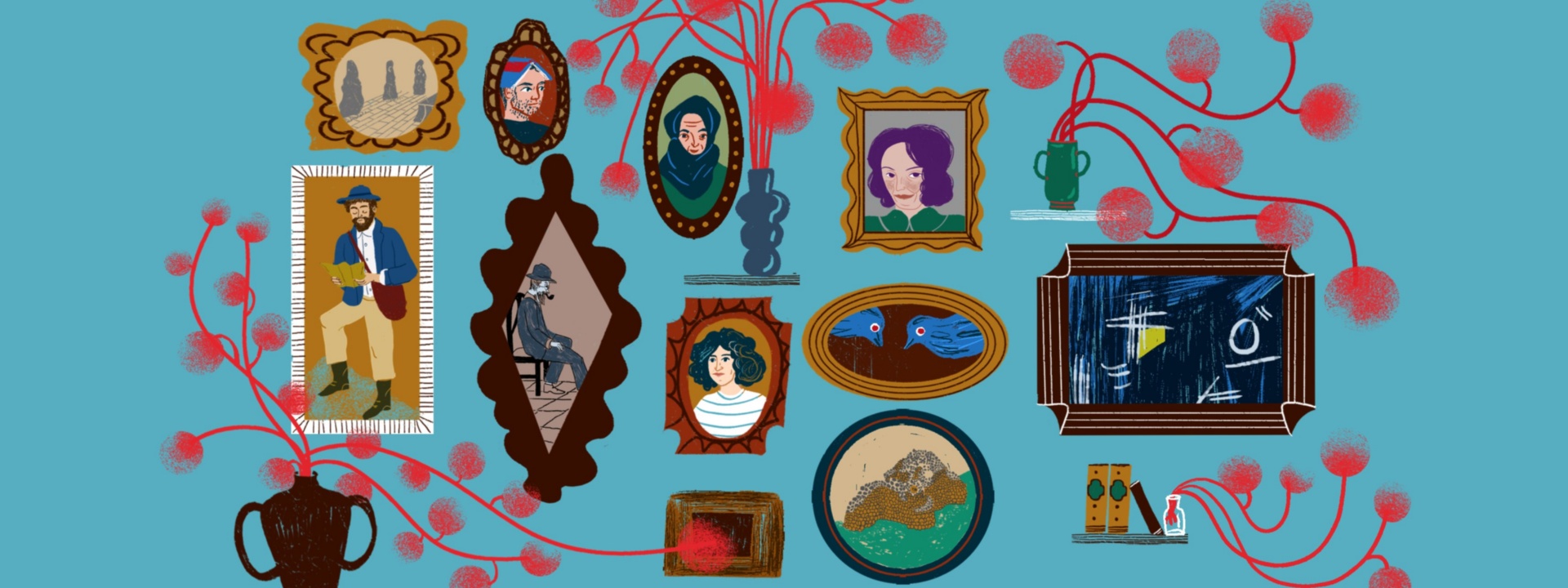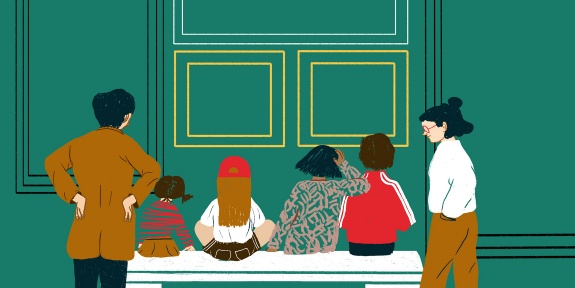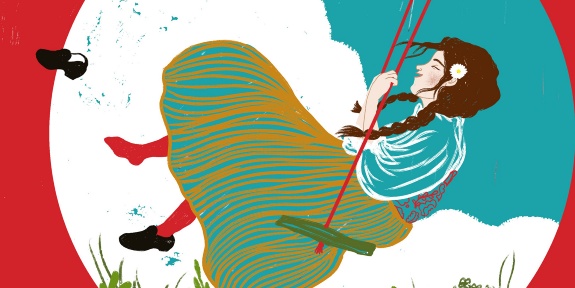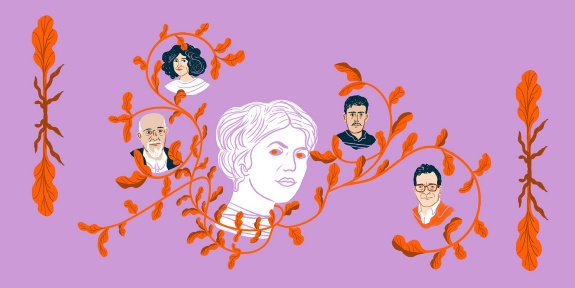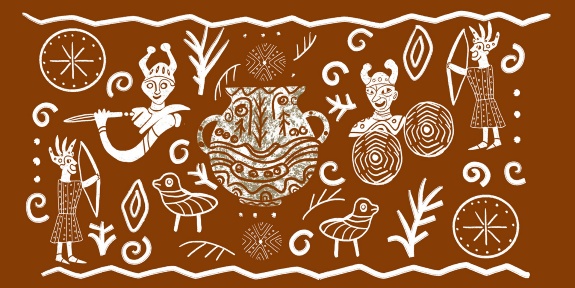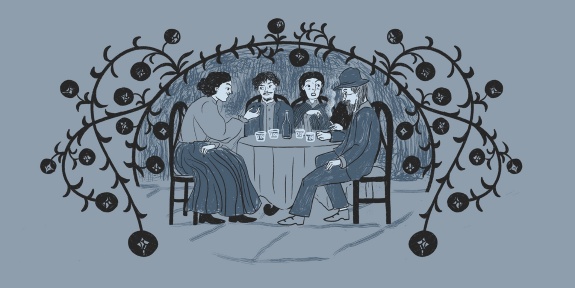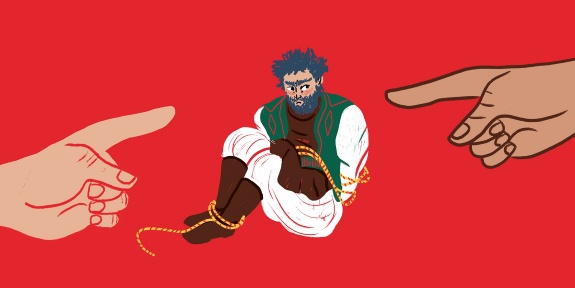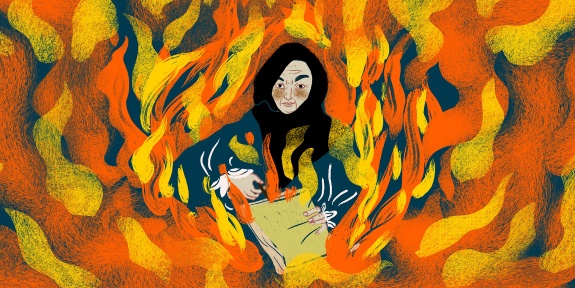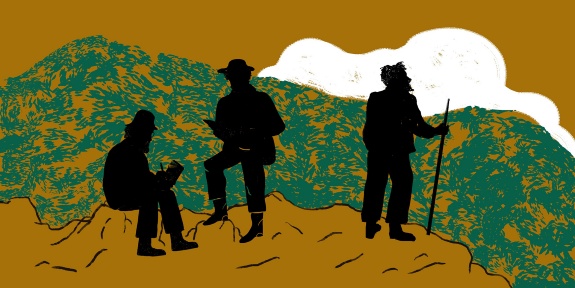Contemporary Art in the Heart of Sardinia
In the climate of modernisation and experimentation that spread through society and culture across the globe in the 1950s, new languages and aspirations in the visual arts also took hold in Nuoro and the Nuoro region.
Grazia Deledda’s Characters
Grazia Deledda was awarded the Nobel Prize in Literature in 1926 ‘for her idealistically inspired writings which with plastic clarity picture the life on her native island and with depth and sympathy deal with human problems in general’.
Not Just Grazia Deledda
Nuoro still holds the prize for being the hometown of the only Italian woman to have – so far — won the Nobel Prize in Literature: Grazia Deledda, in far-off 1926.
The Age of Nuraghs
Although the origin of nuraghic culture remains unclear, the political and social picture of Sardinia between 1700 and 1600 BCE is atypical and unlike that of contemporary prehistoric communities.
The Athens of Sardinia
It’s the heart of Sardinia; it’s Sardinia itself, in all its facets. It’s the open field where nascent civilisation engages in silent battle with strange Sardinian barbarism, which is subject to such exaggeration across the sea.
The Expulsion of the Feudal Tax Collector
In the eighteenth century, Sardinia passed from Spanish domination to Savoy rule. The administrative, social and cultural transformation of Sardinia began to slowly take root, albeit amidst much resistance.
The Su Connottu revolt
In 1820, King Victor Emmanuel I issued an Edict of Allotments, authorising the privatisation of land that had been public property until that time.
Travel in Sardinia between the Nineteenth and Twentieth Centuries
The construction of Strada Reale Carlo Felice, a main road running through Sardinia, in the 1820s made it easier to travel between the northern and southern parts of the island. And the village of Macomer became Barbagia’s ‘port’, an outpost for setting out to discover the Nuoro region.
 Nuorese Cultural District
Nuorese Cultural District